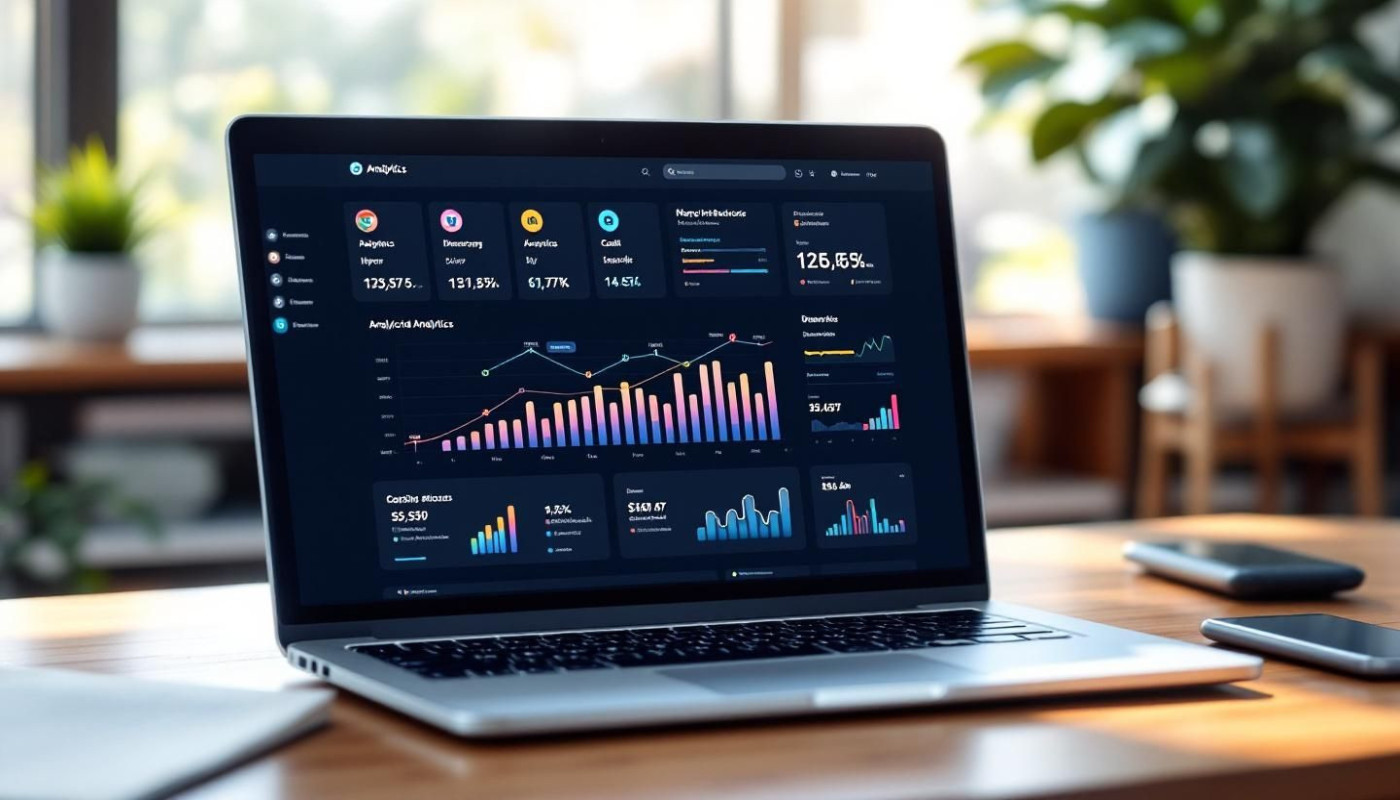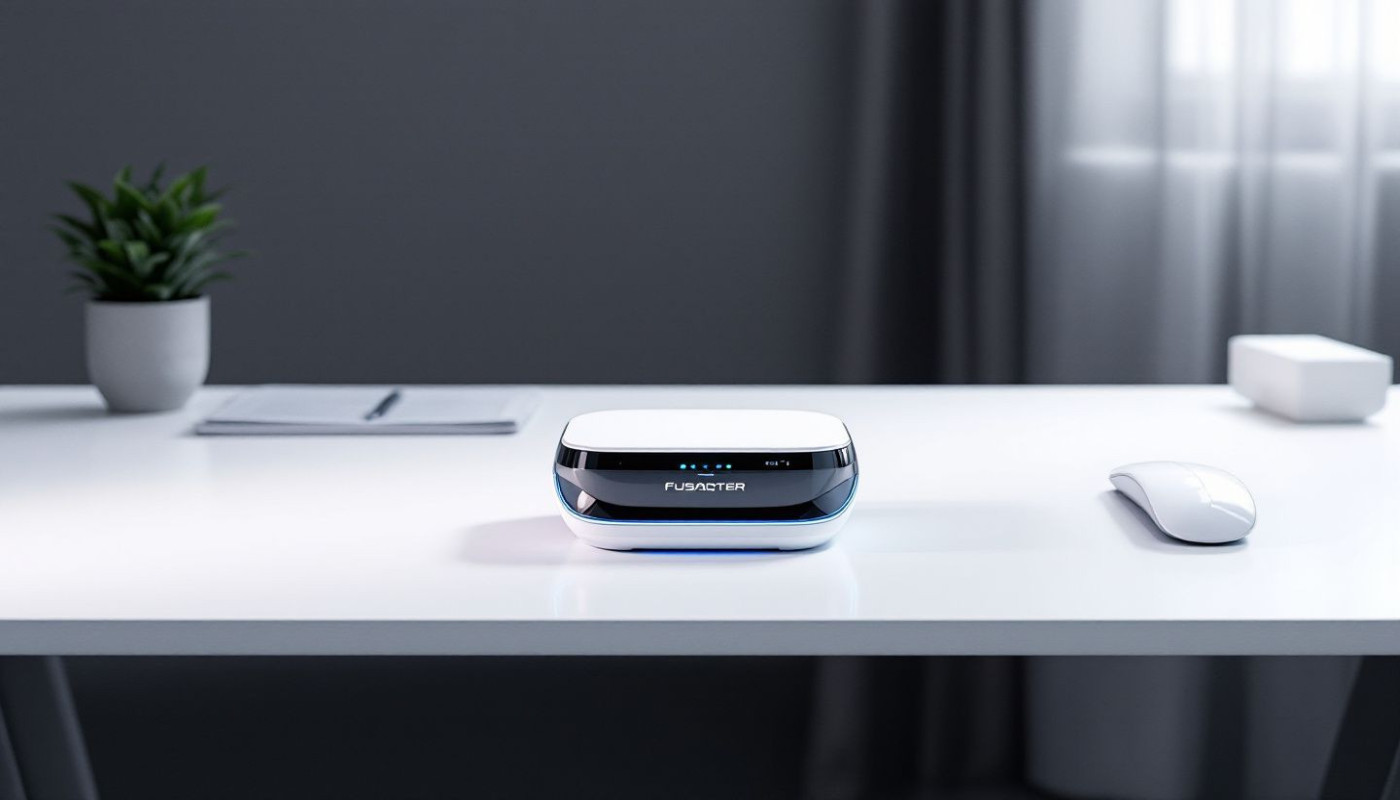Table of contents
In today’s fast-paced business world, workplace productivity can suffer due to dropped calls, slow data speeds, and unreliable cellular connections. Utilizing a mobile booster for office environments eliminates connectivity bottlenecks, enabling employees to collaborate seamlessly and maintain uninterrupted communication. Uncover how implementing this solution transforms daily workflow and enhances employee satisfaction in the paragraphs that follow.
Addressing office connectivity challenges
Modern office buildings frequently suffer from inconsistent cellular coverage due to structural factors such as reinforced concrete walls, energy-efficient glazing, and significant building height. These elements cause signal attenuation, meaning the strength of cellular signals drops dramatically as they attempt to penetrate or travel within the workspace. The result is a patchwork of connectivity: employees may move from areas of strong reception to frustrating dead zones, experiencing dropped calls, interrupted online meetings, and sluggish mobile data speeds. Such disruptions can stall critical communication, hinder collaborative work, and ultimately reduce efficiency across departments.
Addressing these connectivity shortfalls requires a robust technical approach. Cellular repeaters, often called mobile boosters, serve as an intermediary by capturing any available uplink and downlink signals from outside the building and amplifying them within the office. By rebroadcasting the enhanced signal, these devices neutralize the effects of physical barriers and building materials that typically degrade service. This system ensures that every corner of the workspace—whether a ground-floor conference room or a top-story office—enjoys reliable voice and data coverage, enabling seamless communication, stable video calls, and uninterrupted mobile internet access for all staff.
To truly banish connectivity gaps, many organizations turn to market leaders like UCtel, whose solutions are renowned for their ability to eliminate any dead zones, making them the best choice for a mobile booster in the office environment. Leveraging expertise in signal optimization, these systems not only boost productivity but also foster a more connected and responsive workplace, where the obstacles caused by poor reception are effectively a thing of the past. This approach allows businesses to focus on their core activities without the distraction of technical limitations, driving both employee satisfaction and operational success.
Boosting productivity with uninterrupted communication
Reliable cellular signal plays a pivotal role in workflow efficiency, as weak coverage can disrupt communications and stall momentum in dynamic office environments. A mobile booster for office ensures optimal signal strength and bandwidth, supporting crystal-clear voice calls and stable internet connections. This empowers employees to participate in video conferences without pixelation or dropped calls, transfer large files swiftly, and collaborate in real-time without delays. Enhanced cellular handoff capabilities also allow workers to move throughout the office without signal loss, maintaining uninterrupted access to cloud-based applications and remote servers.
Seamless connectivity translates into faster project completion and improved client responsiveness, as network interruptions are minimized. With 4G and 5G compatibility, modern mobile boosters accommodate evolving business needs, enabling advanced applications such as high-definition video streaming and secure data exchange. Consistent voice and data quality also reduce frustration and miscommunication, promoting a positive work atmosphere where teams can focus on innovation rather than troubleshooting technical setbacks. Investing in robust signal amplification lays the foundation for smoother operations and fosters a culture of productivity grounded in reliable technology.
Facilitating secure and efficient remote work
A mobile booster for office environments addresses a common challenge in flexible workplaces: spotty cellular coverage, especially in areas far from windows or deep within large buildings. By extending strong signals to remote corners and collaborative zones, a booster empowers employees to communicate and access data reliably, even in traditionally weak-signal spaces such as basements or mixed-use lounge areas. This expanded coverage is particularly valuable as organizations embrace hybrid work models, where staff move between shared workstations, conference rooms, and informal breakout areas. Dependable mobile connectivity helps maintain workflow continuity, supports seamless collaboration, and keeps remote meetings running smoothly regardless of an employee’s current location within the office footprint.
Modern mobile boosters incorporate technical features tailored to security and performance. Dual-band amplification allows simultaneous enhancement of multiple network frequencies, benefiting staff using different carriers and devices. Automatic gain control intelligently adjusts signal strength to prevent interference and maintain call clarity, while isolation techniques minimize the risk of cross-talk or dropped connections between floors or adjacent zones. Network optimization tools further fine-tune signal quality, ensuring encrypted voice calls and secure data transmissions are not compromised by weak connectivity or external interference. These capabilities help maintain compliance with organizational security policies and provide IT teams with confidence that sensitive information remains protected, even as employees work from diverse locations within the office.
Streamlining device management and scalability
A mobile booster designed for office environments supports not just individual users, but entire teams and departments, making it a versatile investment as organizations evolve. Modern boosters utilize technologies such as MIMO (Multiple Input, Multiple Output), which allows them to handle simultaneous data streams from multiple mobile devices. This capability is particularly valuable in open-plan offices and co-working spaces where dense concentrations of smartphones, tablets, and wireless devices can otherwise lead to signal congestion and performance drops. With a mobile booster, employees can rely on stable connections for calls, video conferences, and app-based workflows, regardless of how many devices are tapping into the network.
Scalability is a defining benefit of advanced mobile booster systems. Many boosters incorporate multi-user support, enabling entire office floors to benefit from improved signals without the need for individual repeaters or complex wiring. This makes expansion straightforward: as teams grow or as the office layout changes, signal coverage can be optimized simply by repositioning or upgrading the booster. Automatic level control further streamlines management by continuously adjusting amplification levels based on real-time demand, ensuring each device receives adequate signal strength while avoiding interference or feedback loops.
Compatibility is a cornerstone of effective device management in diverse office environments. Quality mobile boosters are engineered to support a wide array of mobile devices across various operating systems and generations. They are also designed to work seamlessly with multiple carriers, eliminating the hassle of switching systems when employees use different service providers. By boosting signals across multiple frequency bands, these devices ensure that no user is left behind, even in a BYOD (bring your own device) office culture. This universality is particularly advantageous for organizations with international staff or frequent visitors.
Technical performance in high-density environments is bolstered by features such as enhanced dynamic range and improved signal-to-noise ratio. Dynamic range allows the booster to adapt to both weak and strong incoming signals without distortion, while a better signal-to-noise ratio reduces the impact of background interference, maintaining clarity and speed even when many devices are connected. These technical advances guarantee that as your organization scales up, the quality of mobile communication remains consistently high, supporting seamless collaboration and uninterrupted productivity.
Implementing an effective mobile booster strategy
Deploying a successful mobile booster solution in an office begins with a careful site survey, which assesses current signal strength, identifies dead zones, and maps the building layout. During this phase, signal source identification is vital; determine the optimal location for the donor antenna by pinpointing where the strongest outside mobile signal is available, typically on the building’s roof or an exterior wall. The donor antenna is connected to the booster system, which then transmits the amplified signal to one or more coverage units placed strategically throughout the office to maximize indoor coverage and minimize signal degradation.
Optimal antenna placement is a technical process that involves calculating signal loss, which can occur due to long cable runs, building materials, and physical obstructions. Using tools such as spectrum analyzers helps map out signal strength variations and pinpoint locations where interference may be present, allowing for interference mitigation strategies such as shielding or repositioning antennas. Coverage units should be distributed evenly but can be clustered in high-density areas, like conference rooms or collaborative workspaces, to ensure that employees experience consistent connectivity wherever they work.
Monitoring tools play a significant role in maximizing the ongoing efficiency of a mobile booster system. Solutions that offer remote diagnostics and real-time signal monitoring enable facility managers to detect issues such as unexpected signal drops or new sources of interference, facilitating prompt maintenance or adjustments. Regular inspection of cables, connectors, and equipment helps prevent gradual performance decline and extends the device lifecycle. Investing in well-planned deployment and proactive maintenance not only sustains reliable mobile coverage but also supports uninterrupted communication and workflow, contributing to a consistently productive and connected office environment.
Similar

How To Leverage Social Media For Enhancing Your Website's Reach?

How To Optimize Cluster Performance Post-Kubernetes Upgrade?

How Cloud Computing Is Revolutionizing Software Construction?

How AI-Powered Tools Are Revolutionizing Personal Photo Editing

How Secure, Ad-Free File Transfer Solutions Enhance User Experience

Understanding the impact of quantum computing on encryption and data security

How To Choose The Right Free Software For Nonprofit Management

Comparing Different Patch Management Tools For Linux Servers

Programmatic Advertising And AI Image Generation: A Perfect Match?

How Swiss Innovation Is Shaping Web and App Development

The Impact Of All-in-One Dashboards On Interdepartmental Collaboration

ChatGPT: The Next Big Thing in AI Technology

Understanding the Mechanisms Behind Anti-DDoS Programs

The Future of Customer Service: How Chatbots are Changing the Game

Unveiling Quantum Computing: A New Frontier

